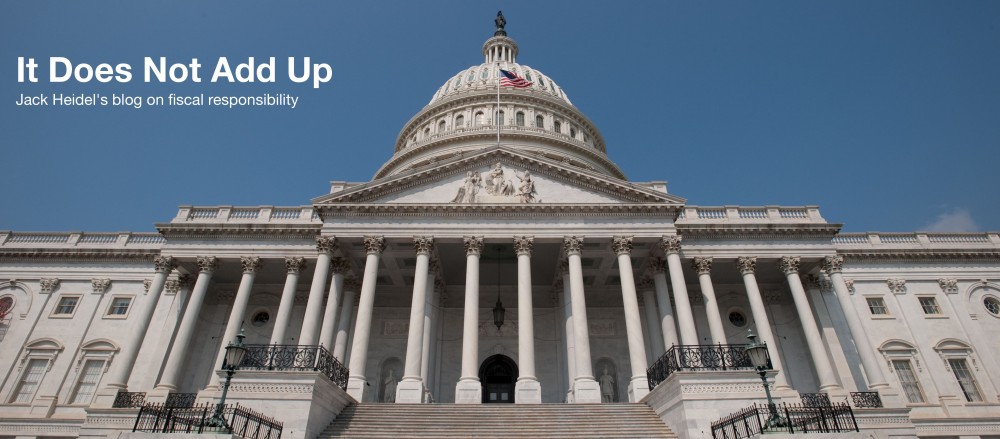As I have been saying for many weeks on this blog, see here, here, and here, the closely related problems of inflation and national debt are by far the biggest and most urgent problems facing our country.
Finally, there is a sensible and comprehensive plan to address these problems put together by the Committee for a Responsible Federal Budget (CRFB). It should be looked at carefully by everyone who realizes how dangerous our current fiscal situation now is. The Plan is actually modest in that it doesn’t expect miracles. But even to stabilize our current public debt (the $24 trillion on which we pay interest) at 98% of GDP over the next decade will require roughly $7 trillion in budget savings!
The Plan is a combination of revenue and spending changes – with savings from health care, tax reform, discretionary spending caps, energy reforms, and Social Security solvency, among other things. Without major reforms such as these, our public debt will grow from 98% of GDP in Fiscal Year 2022 to 116% of GDP by FY 2032. Here is a rough outline (to begin with!) of the CRFB Blueprint:
- Stabilize and reduce the debt as a share of the economy. Failing to do so means leaving us at increased risk of higher interest rates and slower growth with fewer tools to address future needs and crises. A comprehensive plan should prevent debt from rising as a share of the economy.
- Support the Federal Reserve’s efforts to fight inflation. While the Fed is charged with fighting inflation, also using fiscal policy to help the Fed ensures that all policy is moving in the same direction, spreading the impact of inflation reduction across the economy, and reducing the likelihood and/or severity of recession.
- Secure the major trust funds to prevent insolvency. The major trust funds, Social Security, Medicare Hospital Insurance (Part A), and the Highway Trust Fund are all headed for insolvency within the next 12 years, which would require abrupt cuts in benefit spending. A budget plan should restore long-term solvency to these funds.
- Promote long-term economic and income growth. Lower debt can help to grow the economy and specific policy reforms can further support work, promote investment, and reduce distortions.
- Support fairness and efficiency throughout the tax code and budget. A budget plan should consider how to structure the budget and tax code more efficiently to better target resources where they are needed and can do the most good.

The above-outlined fiscal policies help to fight inflation by tempering demand, boosting supply, and lowering prices.
Conclusion. We now have a very serious inflation problem and our national debt is growing rapidly. These two problems are intimately related. While the Federal Reserve has the primary responsibility of fixing inflation, Congress and the President can help immensely by implementing serious fiscal restraint. That’s what the CRFB blueprint plan, as described above, is proposing. More details will follow soon!
for my Email Newsletter
Follow me on Facebook
Follow me on Twitter


